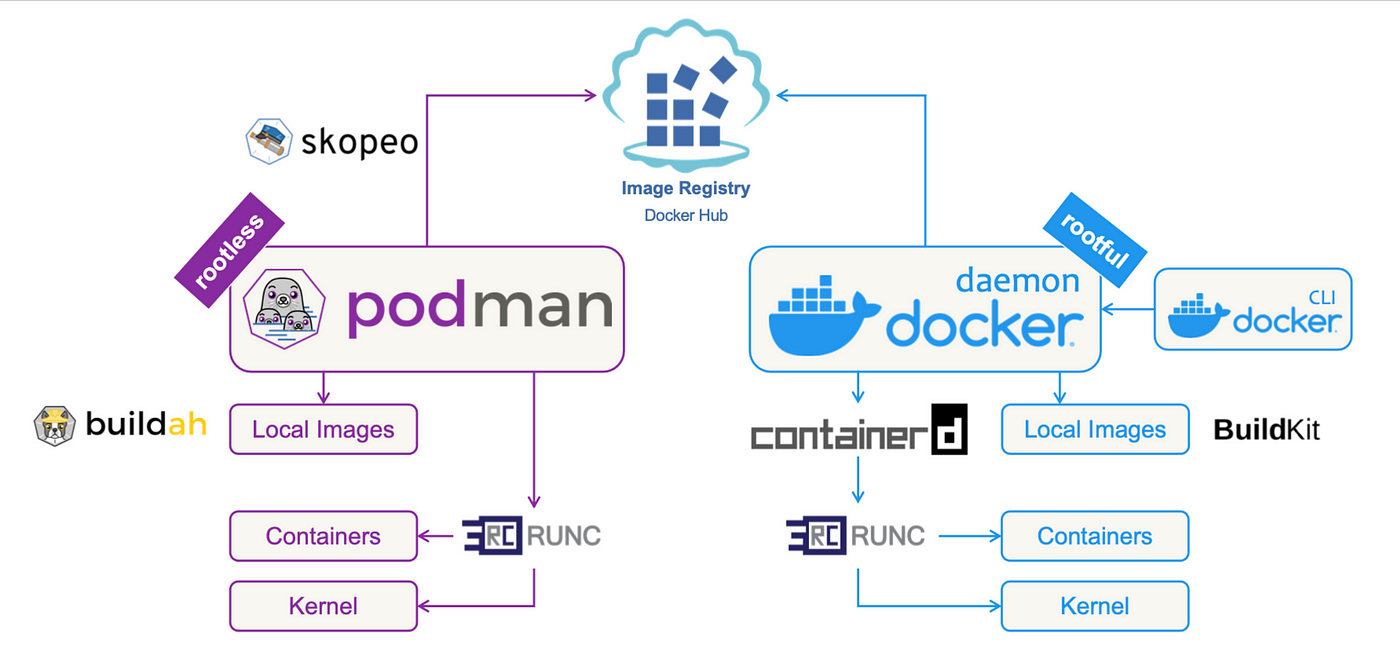TEA is a block cipher developed by David Wheeler and Roger Needham. It’s characterized by its straightforward design, using a series of bitwise operations and additions to encrypt and decrypt data. While TEA’s security has been analyzed and improved upon, its simplicity and efficiency make it a viable option for certain applications.
TEA’s Strengths:
- Simplicity: TEA’s design is easy to understand and implement, making it suitable for developers with limited cryptographic expertise.
- Speed: TEA is relatively fast, especially on processors with efficient bitwise operations. This makes it a good choice for applications that require real-time encryption or decryption.
- Small Footprint: TEA requires minimal code and memory, making it well-suited for resource-constrained devices like embedded systems and microcontrollers.
TEA’s Limitations:
- Security: While TEA is considered secure for many applications, it has been analyzed and found to be susceptible to certain attacks, particularly related to its short key length.
- Key Length: TEA typically uses a 128-bit key, which may not be sufficient for high-security applications.
Comparison Table of Lightweight Encryption Algorithms
| Algorithm | Speed | Security | Simplicity | Footprint | Key Size (bits) |
|---|---|---|---|---|---|
| TEA | Fast | Moderate | Simple | Small | 128 |
| AES | Fast | Strong | Moderate | Medium | 128, 192, or 256 |
| DES | Moderate | Weak (due to short key length) | Simple | Small | 56 (64 w/ parity) |
| 3DES | Slow | Moderate (due to short key length) | Complex | Small | 168 (effective) |
| Blowfish | Fast | Strong, but not as common today | Simple | Small | 32 to 448 |
| Twofish | Fast | Strong | Moderate | Medium | 128, 192, or 256 |
| RC4 | Very Fast | Weak (due to vulnerabilities) | Simple | Small | 40 to 2048 |
| ChaCha20 | Very Fast | Strong | Simple | Small | 256 |
| Camellia | Fast | Strong | Complex | Medium | 128, 192, or 256 |
| PRESENT | Moderate | Strong for IoT/lightweight crypto | Simple | Very Small | 80 or 128 |
| SimpleT | Fast | Moderate | Simple | Very Small | 128 |
| SPECK | Very Fast | Moderate (controversial security) | Simple | Very Small | 64 to 256 |
| SIMON | Moderate | Strong for constrained devices | Moderate | Very Small | 64 to 256 |
| Piccolo | Fast | Strong for lightweight applications | Simple | Very Small | 80 or 128 |
| LEA | Very Fast | Strong | Simple | Small | 128, 192, or 256 |
| CLEFIA | Fast | Strong for lightweight applications | Moderate | Small | 128, 192, or 256 |
| PRINCE | Very Fast | Moderate (designed for low-latency) | Simple | Very Small | 128 |
| Skinny | Fast | Strong for lightweight applications | Complex | Very Small | 64 to 384 |
| TWINE | Moderate | Strong for constrained environments | Simple | Very Small | 80 or 128 |
| Midori | Fast | Strong for low-energy devices | Simple | Very Small | 128 |
| GIFT | Fast | Strong for hardware implementations | Simple | Very Small | 128 |
| SPARX | Moderate | Strong, with provable security | Moderate | Small | 128 or 256 |
| Rectangle | Fast | Strong for lightweight applications | Simple | Very Small | 80 or 128 |
| LBlock | Moderate | Moderate (designed for 32-bit) | Simple | Very Small | 80 |
| HIGHT | Fast | Moderate (for resource-constrained) | Simple | Very Small | 128 |
| KATAN | Moderate | Strong for low-power devices | Simple | Very Small | 80 |
| KTANTAN | Fast | Strong for ultra-lightweight | Simple | Very Small | 80 |
| LED | Moderate | Strong for hardware implementations | Simple | Very Small | 64 or 128 |
| MANTIS | Very Fast | Strong for low-latency environments | Simple | Very Small | 64 |
| Photon | Moderate | Strong for constrained devices | Simple | Very Small | 80 or 128 |
| QARMA | Very Fast | Strong for constrained applications | Complex | Very Small | 64, 128 |
| XTEA | Fast | Moderate | Simple | Small | 128 |
Note:
- Speed ranges from “Very Fast” to “Slow” based on typical performance.
- Security is described based on current cryptographic standards and known vulnerabilities.
- Simplicity indicates how easy the algorithm is to implement and understand, from “High” (simpler) to “Low” (more complex).
- Footprint refers to memory and resource requirements, from “Very Small” to “Medium”.
- Key Size is given in bits, with ranges or options where applicable.
These classifications are relative and may vary depending on specific implementations and hardware.
Choosing the Right Algorithm
The choice of encryption algorithm depends on various factors, including:
- Security Requirements: If you need the highest level of security, algorithms like AES or Twofish are better options.
- Performance Requirements: For applications that prioritize speed and efficiency, TEA or PRESENT may be suitable.
- Resource Constraints: If you’re working with limited hardware resources, TEA or PRESENT are good choices.
Conclusion
TEA is a lightweight encryption algorithm that offers a balance between security and performance. While it may not be the best choice for all applications, it’s worth considering for scenarios where simplicity, speed, and a small footprint are essential. By understanding TEA’s strengths and limitations, you can make an informed decision about whether it’s the right algorithm for your needs.




